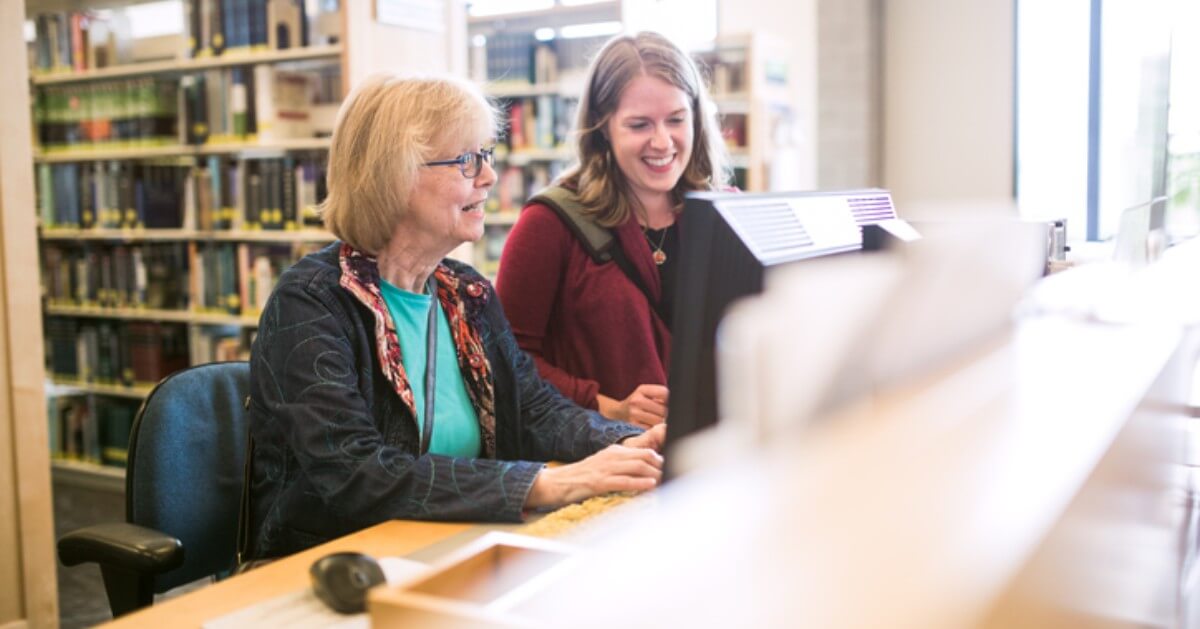Libraries are once again at the forefront of change, continuously adapting to meet the shifting demands of their communities and institutions. From harnessing the power of emerging technologies to redefining the role of physical spaces, libraries are evolving into vibrant, multifunctional hubs of innovation, collaboration and learning. These changes not only enhance accessibility and engagement but also set the library’s role as a vital contributor to intellectual and cultural growth in an increasingly digital world.
A new whitepaper from Ex Libris, part of Clarivate, shares the experiences and perspectives of three academic librarians that are leveraging AI, redesigning spaces and implementing data-driven digital resource management systems and library discovery platforms to meet evolving demands.
Redefining library spaces and services
Libraries are transitioning their roles, not just as repositories of information but as spaces that foster community engagement and learning. For example, Saint Mary’s College of California reimagined their library to serve as both a social and academic hub. Saint Mary’s librarian Swetta Abeyta explains, “We’ve intentionally set it [the library] up to be a true third space for our patrons. The updates encourage engagement while creating a safe, inviting atmosphere for students.”
Similarly, libraries are stepping beyond their walls by implementing innovative solutions like book vending machines. The library at New York’s The New School introduced RFID-enabled cabinets to make curated collections available in high-traffic student areas. Library Director Allen Jones says, “Rather than thinking just about what the space is, we’ve been thinking about how the library actually goes out to other places where students are.”
Resource sharing for smart budgeting
Collaboration is emerging as a vital strategy for libraries aiming to enhance access and services while navigating limited resources. Through shared networks, institutions can pool materials, expertise, and technology, broadening the scope of resources available to users. A key example is Florida Virtual Campus (FLVC), which supports over 150 libraries across 40 institutions.
Wendy Ellis, director at FLVC, says, “One of the big things we’ve done with resource sharing is create a statewide requesting service, which we call UBorrow. Any patron in the Florida Virtual Campus system can request print materials from any institution and have them delivered to their home library.”
This system, built on Alma and Primo, connects users to over 28 million bibliographic records, reduces duplicate purchases, and helps libraries reclaim physical space.
The essential nature of AI literacy
Libraries play a crucial role in building AI literacy, helping users understand how AI tools work and where their limitations lie. Without this guidance, users may overestimate what AI can do. Abeyta explains, “The instruction librarians have their work cut out for them [in teaching the limits of AI]. They have to teach users that these are just tools. They’re not their friends.”
Clear communication about AI’s capabilities and constraints is essential to maintain trust. Wise vendor partnerships can enable libraries to integrate AI in ways that enhance student success while preserving academic rigor and transparency.
The path forward
To remain vital, libraries must stay agile and innovate in spaces, tools, and partnerships. Learn how forward-thinking libraries like The New School, Saint Mary’s College and the Florida Virtual Campus (FLVC) Download the free white paper today for insights into the strategies shaping the future of libraries.
Learn more about Alma library management system, Leganto list management system, and Primo library discovery service.










